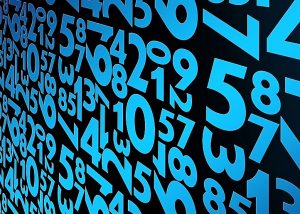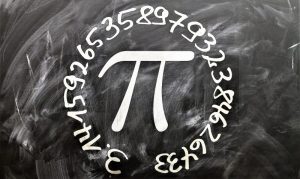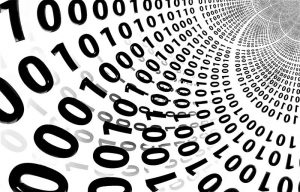Hexadecimal system
The hexadecimal system is a type of positional numbering system based on the number 16. Its numbers are represented by the first 10 digits of the decimal numbering, and the interval from the number 10 to 15 are represented by the following letters of the alphabet A - B - C - D - E and F. The use that we give today to the hexadecimal system is closely linked to computer science in which the different operations of the CPU use the byte or octet as the basic unit of its memory. Since this is a Base-16 numerical system, the hexadecimal numbering system uses sixteen different digits with a combination of numbers ranging from 0 to 15. In other words, there are 16 possible digit symbols.
What is the hexadecimal system?
This system is a type of positional numeration that uses the number sixteen as a base and in which the numbers they contain are represented by the first ten digits of the decimal numeration, representing the numbers from ten to fifteen with the letters of the alphabet that go from A to F.
What is the hexadecimal system for?
The hexadecimal system is commonly used in computers and digital systems to reduce large strings of binary numbers into four-digit sets so that, we can easily understand them. Its current use is closely linked to computing as computers often use the byte or octet as the basic unit of memory. Hexadecimal notation is also used within web pages and in computer systems to indicate some values. An excellent example is the color notation used in HTML web templates.
Characteristics
- The main characteristic of a hexadecimal numbering system is that there are 16 different count digits ranging from 0 to F.
- Each number digit has a weight or value of 16 from the least significant bit.
- As the basis of a hexadecimal system is 16, which also represents the number of individual symbols used in the system, sub-index 16 is used to identify a number expressed in hexadecimal.
- Hexadecimal numbers are digits ranging from 0 to 9 and then the letters A to F are used.
- Programmers use hexadecimal numbers because their values are shorter than they would be if shown in decimal, and much shorter than in binary, which uses only 0 and 1.
- The system is also used as an HTML color code to express a specific color.
- It can express negative numbers in the same way as it does in the decimal form of a number.
- The hexadecimal system is an extraordinary way to compress data.
- It uses the abbreviation “hex” to be represented.
History
The choice of letters A to F to represent digits greater than nine did not occur universally in the early computers history. During the 1950s, some facilities favored the use of digits 0 to 5 with a macron (“¯”) character to denote 10-15 values. However, some mathematicians opposed the theory. Bruce A. Martin, of the Brookhaven National Laboratory, considered the choice of A-F to be somewhat illogical, and in a letter to the editor of the 1968 CACM he proposed a completely new set of symbols based on bit locations, which did not gain much acceptance.
Who invented the hexadecimal system
The current hexadecimal system was first introduced into the field of computing by IBM in 1963. An earlier representation, with 0-9 and u-z, was used in 1956 by the Bendix G-15 computer.
Hexadecimal system symbols
Because the normal numbering system is based on decimal or ten, the idea was adopted of using the first six letters of the alphabet to be able to supply the numbers that were needed. In this way, the symbols used in the hexadecimal system are the following:
S = {0, 1, 2, 3, 4, 5, 6, 7, 8, 9, A, B, C, D, E, F}
Note that A= 10, B= 11, C= 12, D= 13, E= 14 and the letter F corresponds to the number 15.
Examples
For example, the value of hexadecimal number 1A3F in base 16:
- 1A3F in base 16 = 1×16^3 + Ax16^2 + 3×16^1 + Fx16^0
- 1×4096 + 10×256 + 3×16 + 15×1 = 6719
- 1A3F in base 16 = 6719 in base 10
- 1735 : 16 = 108 Subtract: 7
- 108 : 16 = 6 Subtract: C i.e. 12 in base 10
- 6 : 16 = 0 Subtract: 6
How to cite this article?
Briceño V., Gabriela. (2019). Hexadecimal system. Recovered on 24 February, 2024, de Euston96: https://www.euston96.com/en/hexadecimal-system/










